Beth Geiger

All Stories by Beth Geiger
-
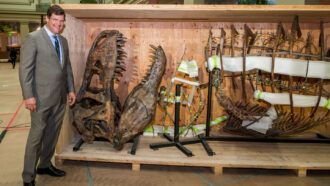 Fossils
FossilsCool Jobs: Bringing paleontology to the people
From museums to movies, these three paleontologists totally rock their connections with the public.
-
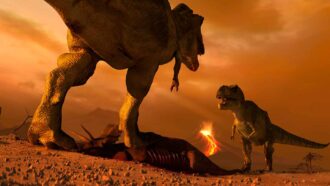 Earth
EarthExplainer: The age of dinosaurs
Take a trip back to the Mesozoic Era to explore how geologic events, ecosystems and evolution were connected during the so-called age of dinosaurs.
-
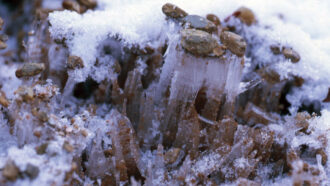 Earth
EarthHere’s how ice needles can sculpt natural rock art
Striking stone patterns adorn remote cold landscapes the world over. The recipe for these adornments: Freeze, thaw, repeat.
-
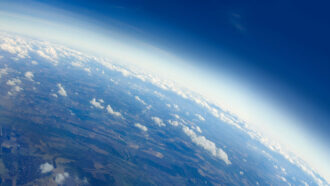 Earth
EarthExplainer: Our atmosphere — layer by layer
Earth’s five layers extend from the ground up and into outer space. Each has its own distinct features and serves as the site of different activities and phenomena.
-
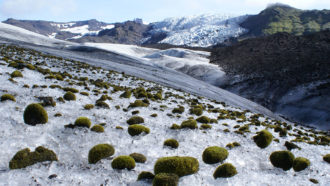 Earth
EarthOn an Alaskan glacier, little green moss balls roll in herds
Oval balls of moss, nicknamed ‘glacier mice,’ roll across some glaciers. A new study explores the mysteries behind their herd-like motion.
-
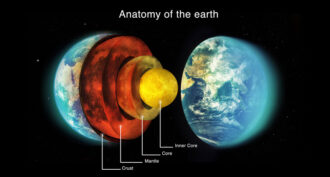 Earth
EarthExplainer: Earth — layer by layer
Explore the sizzling heat, unimaginable pressures — and some surprise diamonds — that sit beneath our feet. This is the side of Earth that you can’t see.
-
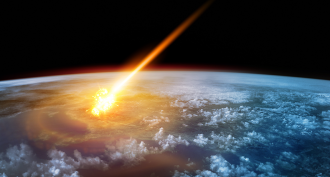 Earth
EarthReliving the last day of the dinosaurs
The Chicxulub crater is helping reveal what happened on the day a 12-kilometer-wide asteroid slammed into the Gulf of Mexico, 66 million years ago.
-
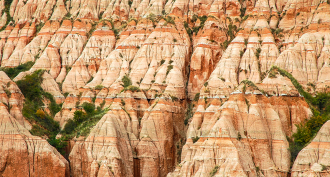 Earth
EarthExplainer: Understanding geologic time
Geologic time is unimaginably long. Geologists puzzle it out using a calendar called the Geologic Time Scale.
-
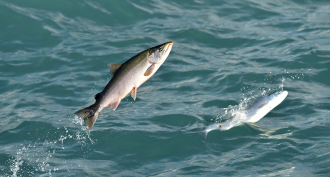 Animals
AnimalsIs ocean acidification knocking the scents out of salmon?
In more acidic water, salmon don’t seem to recognize the smell of danger. Will their populations take a nosedive as carbon-dioxide levels rise?
-
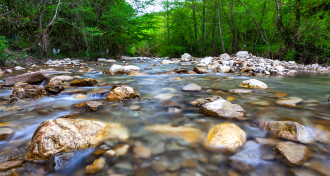 Climate
ClimateA wave of change is coming to our planet’s water resources
How will climate change affect you most? Check your kitchen sink.
-
 Climate
ClimateExplainer: Earth’s water is all connected in one vast cycle
Water on Earth is connected in an endless loop called the water cycle.
-
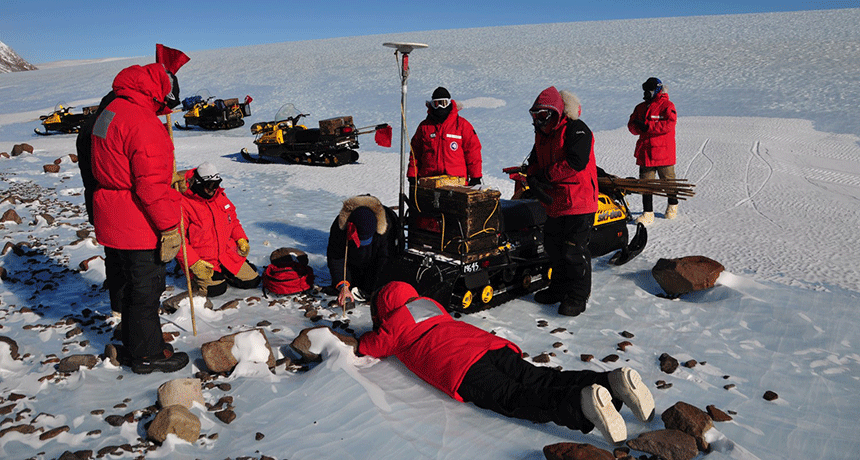 Earth
EarthHot on the trail of Antarctic meteorites
For intrepid scientists, spotting meteorites against Antarctica’s dazzling whiteness is easy. Then what?